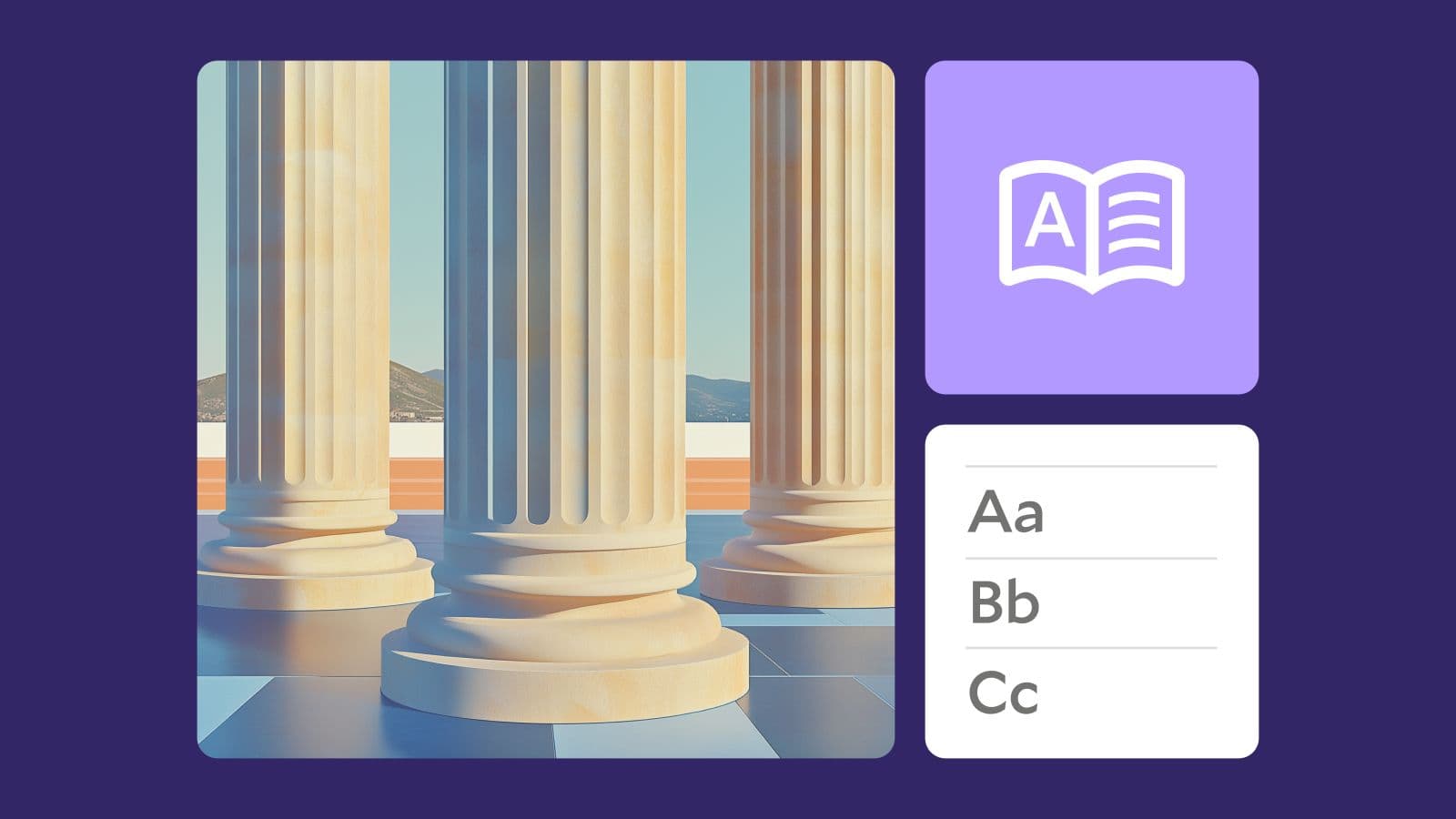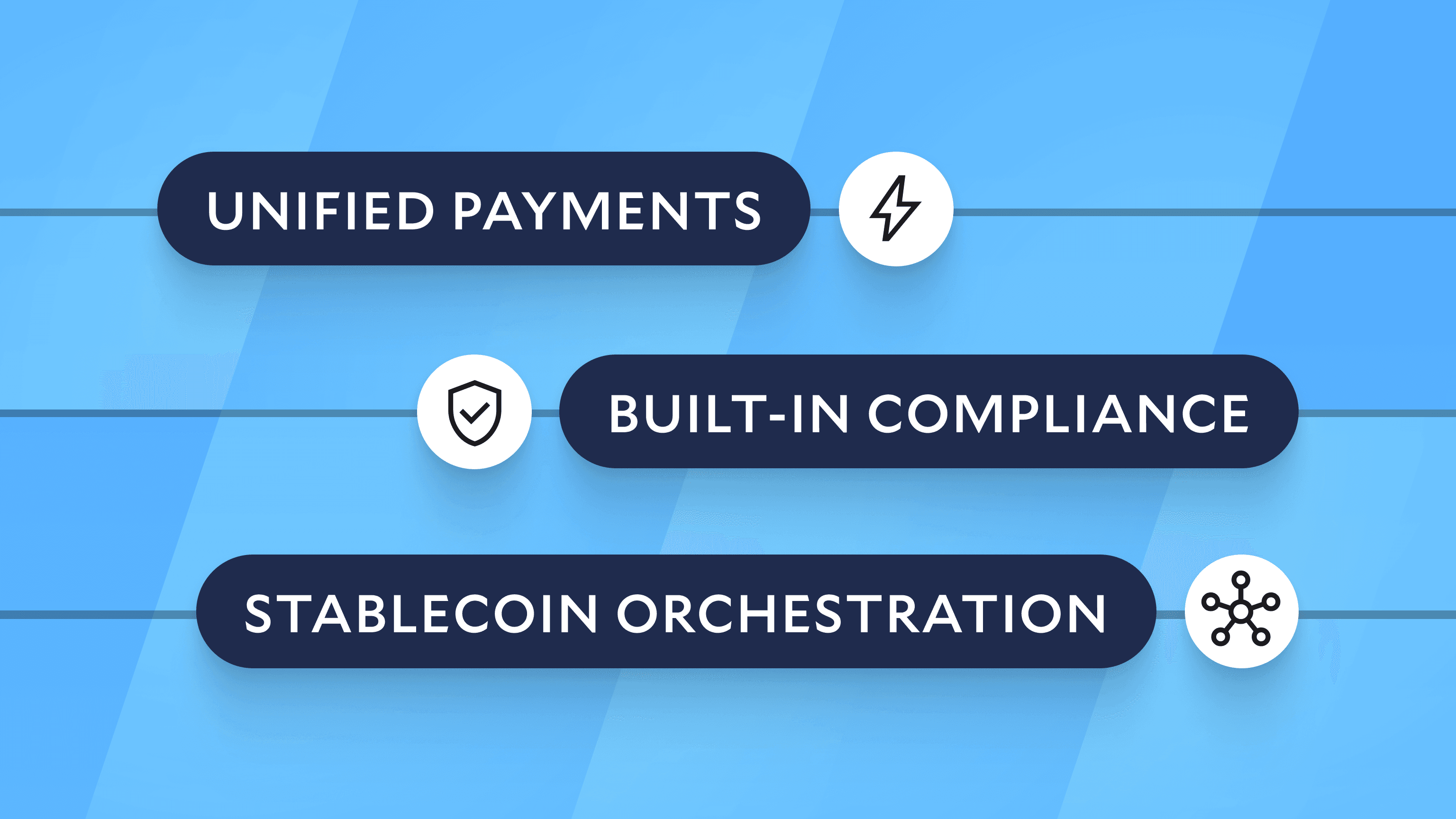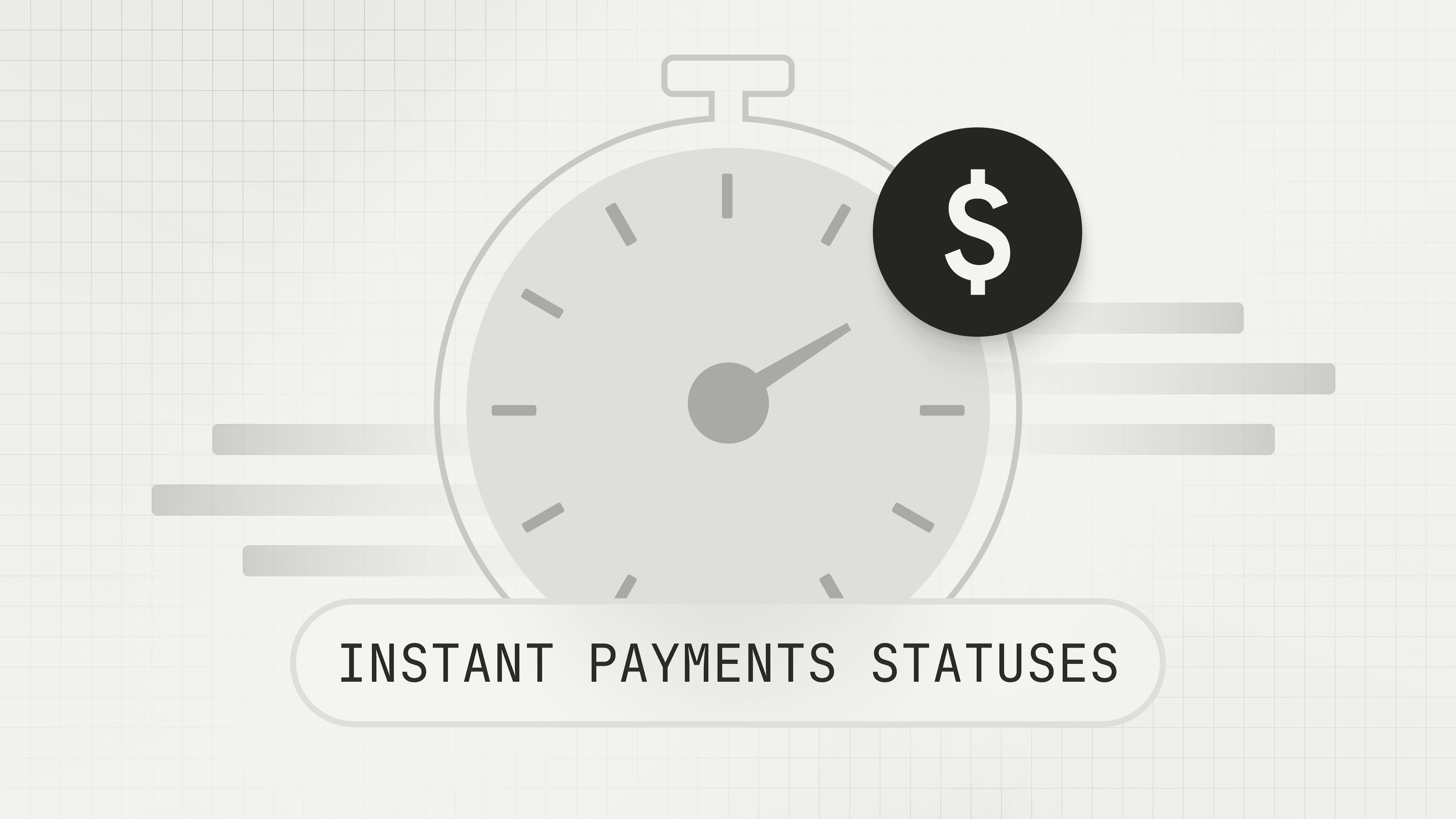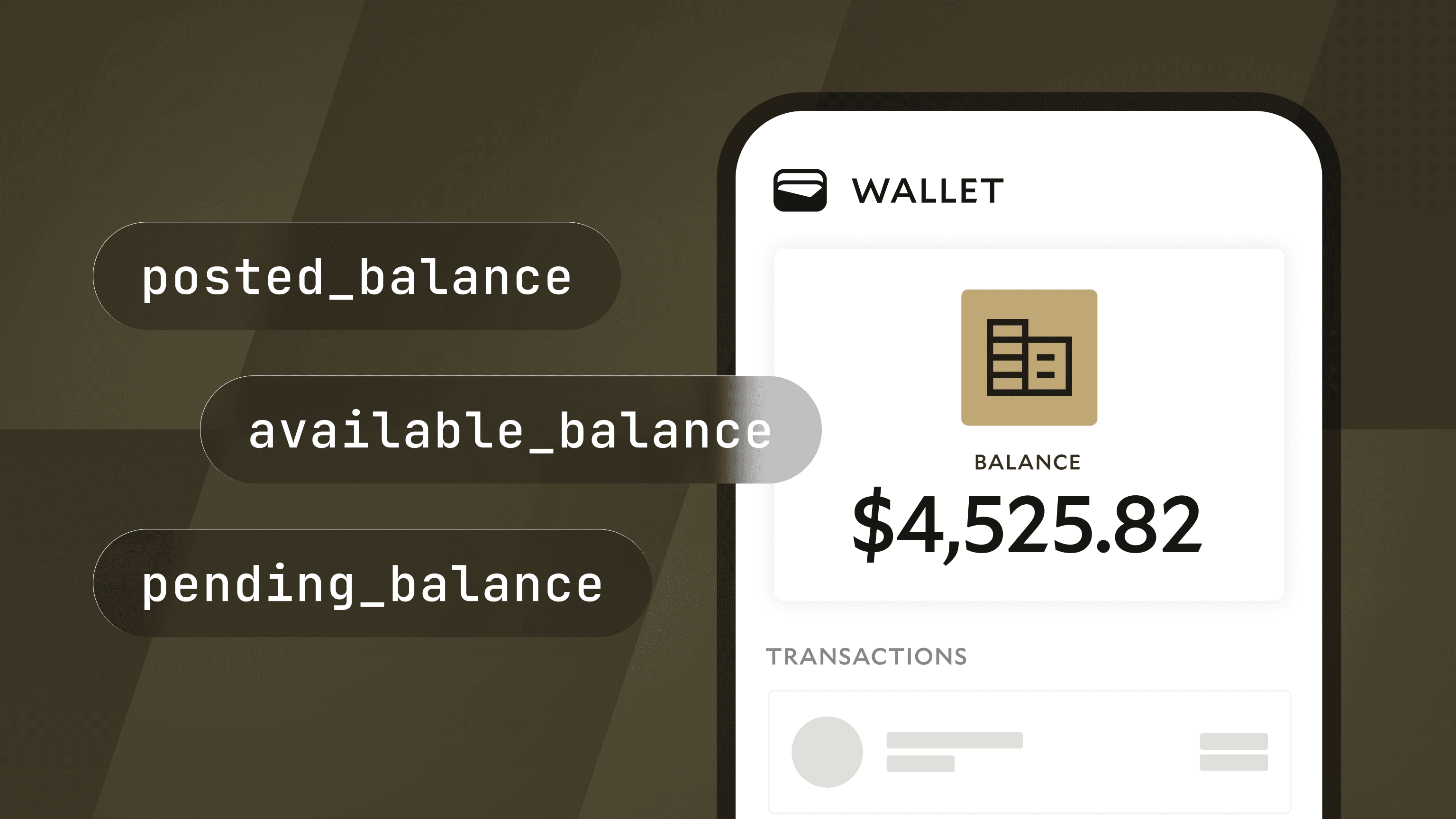Announcing Ledgers
Today we're excited to announce the launch of Ledgers, an immutable double-entry product ledger that makes it easy for businesses to record financial transactions.

Today we're launching Ledgers, an immutable double-entry product ledger that makes it easy for businesses to record financial transactions. Our customers have used Ledgers to power product capabilities such as showing how much balance a user has, tracking which payments have been refunded, and determining how much to payout to partners.
Background
Every business needs to keep a ledger for bookkeeping. NetSuite, QuickBooks, Xero, and the like are purpose built for this need. However, these accounting ledgers fall short when software applications need to consult them as a source of truth: the data can be stale, the APIs can be hard to work with, and most importantly, the resolution of their chart of accounts may not be sufficient. For example, a company's accounting ledger might only have an aggregated "customer funds" account, so it wouldn't be granular enough to say how much balance a particular customer has. None of these ledgers are intended to be in the persistence layer of a modern software product.
Historically, companies that have encountered this problem have devoted significant engineering time to solving it. Square, Uber, and others have written at length about the technical challenges in building solutions that only they can use. With the Ledgers API, a single developer can access scalable ledger infrastructure in minutes.
Architecture Highlights
We designed Ledgers with best practices in mind:
- Ledgers uses double-entry accounting because it's better than single-entry at ensuring your business doesn't lose track of funds and will pass future audits.
- Once a ledger transaction is posted, it becomes immutable to ensure the integrity of the ledger.
- Ledgers supports all currencies out of the box (including cryptocurrencies).
- Our system exposes ways to guarantee idempotency and concurrency control when writing to the ledger.
- Every change within the ledger generates a corresponding audit log, so you can trace which actor was responsible for the change.
- Ledgers can be used independently from the core payments functionality of Modern Treasury. There are also powerful links for tying payments activity in Modern Treasury to information on your ledger.
Enable Your Finance Team
This launch includes a new set of dashboard pages for drilling down into the details of your ledgers. These pages are currently read-only, since they are primarily used by finance and accounting teams to spot check the data. Write capabilities in the dashboard are coming soon.
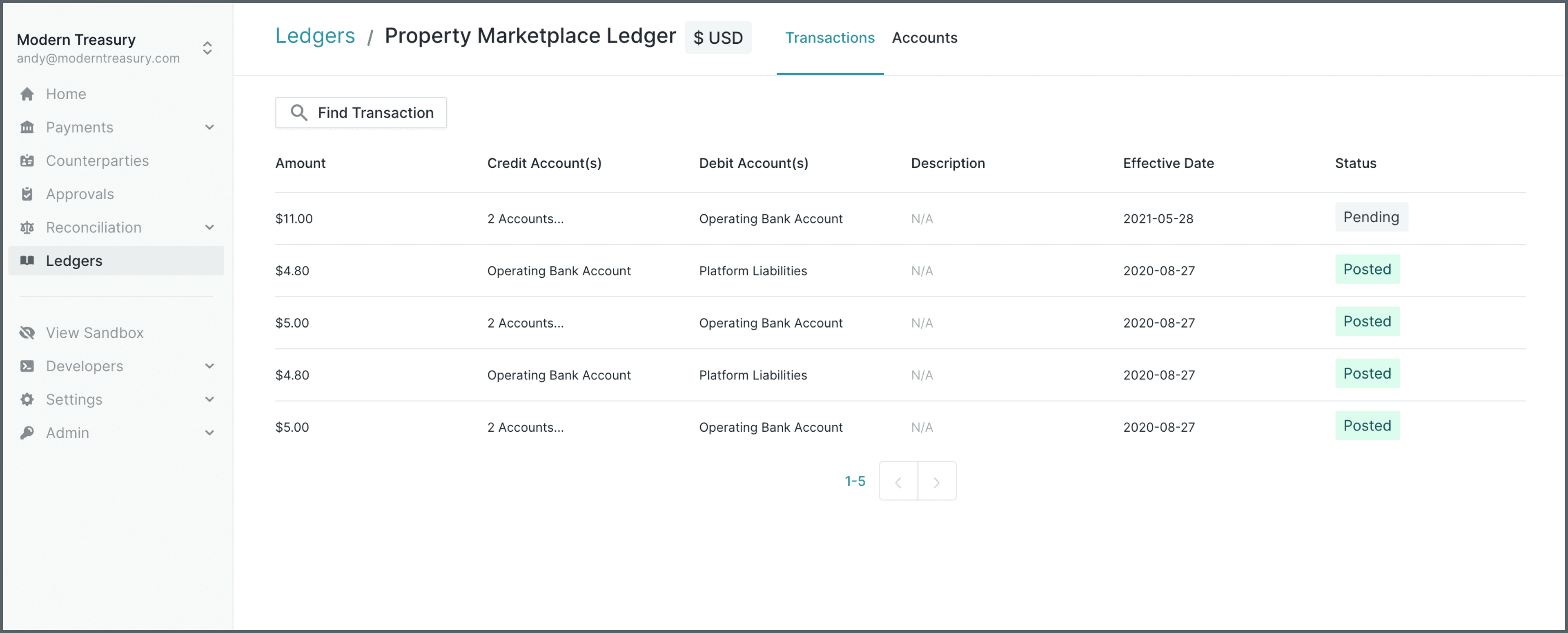
Try It Now
The motivation for offering Ledgers should sound familiar to that of Modern Treasury as a whole. In both cases, our customers no longer have to divert precious engineering resources to solving a complex problem that doesn't differentiate their business.
To get started with Ledgers, you can sign up or visit your dashboard. You don't need a bank connection or to be using Modern Treasury for payments to use Ledgers.
As always, you can reach us at support@moderntreasury.com to get your questions answered or provide any feedback you might have.

